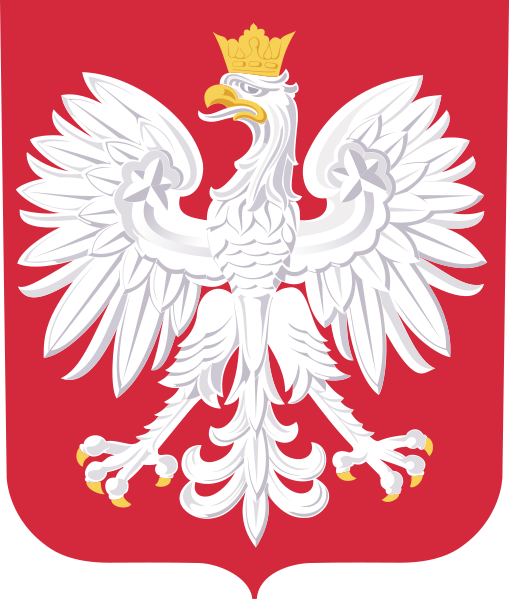Online first
Current issue
Archive
Most cited in 2024
About the Journal
Editorial Office
Editorial Board
Copyright and self-archiving policy
Information clause on the processing of personal data
Declaration of accessibility
Instructions for Authors
Instructions for Reviewers
Contact
Reviewers
2024
2023
2022
2020
2021
2019
2018
2017
2016
2015
2014
2013
Editing and translations
ORIGINAL PAPER
Application of experience from the field of health-promoting architecture in the revitalization of office buildings considering the needs of actively employed seniors
1
Wroclaw University of Science and Technology, Wrocław, Poland (Faculty of Architecture)
2
Gdansk University of Technology, Gdańsk, Poland (Faculty of Architecture and Urban Planning)
Online publication date: 2025-10-02
Corresponding author
Daria Pawlaczyk-Szymańska
Politechnika Gdańska, Wydział Architektury i Urbanistyki, ul. Gabriela Narutowicza 11/12, 80-222 Gdańsk
Politechnika Gdańska, Wydział Architektury i Urbanistyki, ul. Gabriela Narutowicza 11/12, 80-222 Gdańsk
Med Pr Work Health Saf. 2025;76(4):291-304
HIGHLIGHTS
- Sunlight and the presence of greenery in office spaces positively affect the well-being of seniors.
- The application of the New European Bauhaus (NEB) principles in health-promoting architecture supports the creation of user‑friendly, functional spaces that enhance the health of occupants, including seniors.
- It is necessary to develop original guidelines for the revitalization of office spaces, taking into account needs of users as well as the principles of the NEB.
- Functional enrichment of buildings is particularly important in the context of extending the professional activity of seniors.
KEYWORDS
ergonomicsneeds of older adultsNew European Bauhaushealth-promoting architectureoffice building architectureoffice building revitalization
TOPICS
- physiological response to workload and working conditions
- tolerance of loads and fitness for work of people in changed physiological state (age, disability, pregnancy)
- physiological assessment of the adjustment/maladjustment of workstations to the mental and physical capacity of the employees
- health promotion
- occupational stress/psychosocial risks
- mental health of the working population
- impact of psychosocial factors on health
- psychosocial functioning in the workplace: burnout, work engagement, job satisfaction, motivation to work
ABSTRACT
Background: The aim of the article is to answer the question of how to improve the fulfillment of the needs of senior-aged individuals
working in offices. To this end, based on experiences gained from designing healthcare buildings, guidelines for designing architecture
with a therapeutic function that positively impacts users’ health have been formulated. The concept of the system presented in the article
is based on a consistent architectural approach aimed at enriching the functional aspects of existing office buildings with health-promoting
spaces that enhance users’ well-being. Material and Methods: Based on literature, field research, and design analyses, a structural approach to ensuring office workers’ access to sunlight and greenery – key for well-being – has been demonstrated. An original system using functional enrichment for revitalizing office buildings in modern urban structures has been developed to meet the specific needs of actively employed seniors. Results: The research goal set at the beginning led to the development of a variant solution based on the use of the idea of functional enrichment for the needs of locating facilities that allow for the improvement of the comfort of work of professionally active seniors working in offices. It was also shown that the described activity fits into the multidimensional vision of improving the well-being of users defined by the European Commission in the program of the so-called New European Bauhaus (NEB). Conclusions: The analysis carried out in the article allows for the confirmation of the adopted thesis, according to which it is possible to meet the special needs of senior citizens by revitalizing existing buildings based on the guidelines of pro-health architecture. Such action, through the activation of existing resources, also fits into the guidelines of the NEB idea in a multidimensional way, constituting a coherent model of action, applicable to most existing
medium-sized office buildings, with great implementation potential. Med Pr Work Health Saf. 2025;76(4):291–304
Share
RELATED ARTICLE
We process personal data collected when visiting the website. The function of obtaining information about users and their behavior is carried out by voluntarily entered information in forms and saving cookies in end devices. Data, including cookies, are used to provide services, improve the user experience and to analyze the traffic in accordance with the Privacy policy. Data are also collected and processed by Google Analytics tool (more).
You can change cookies settings in your browser. Restricted use of cookies in the browser configuration may affect some functionalities of the website.
You can change cookies settings in your browser. Restricted use of cookies in the browser configuration may affect some functionalities of the website.





